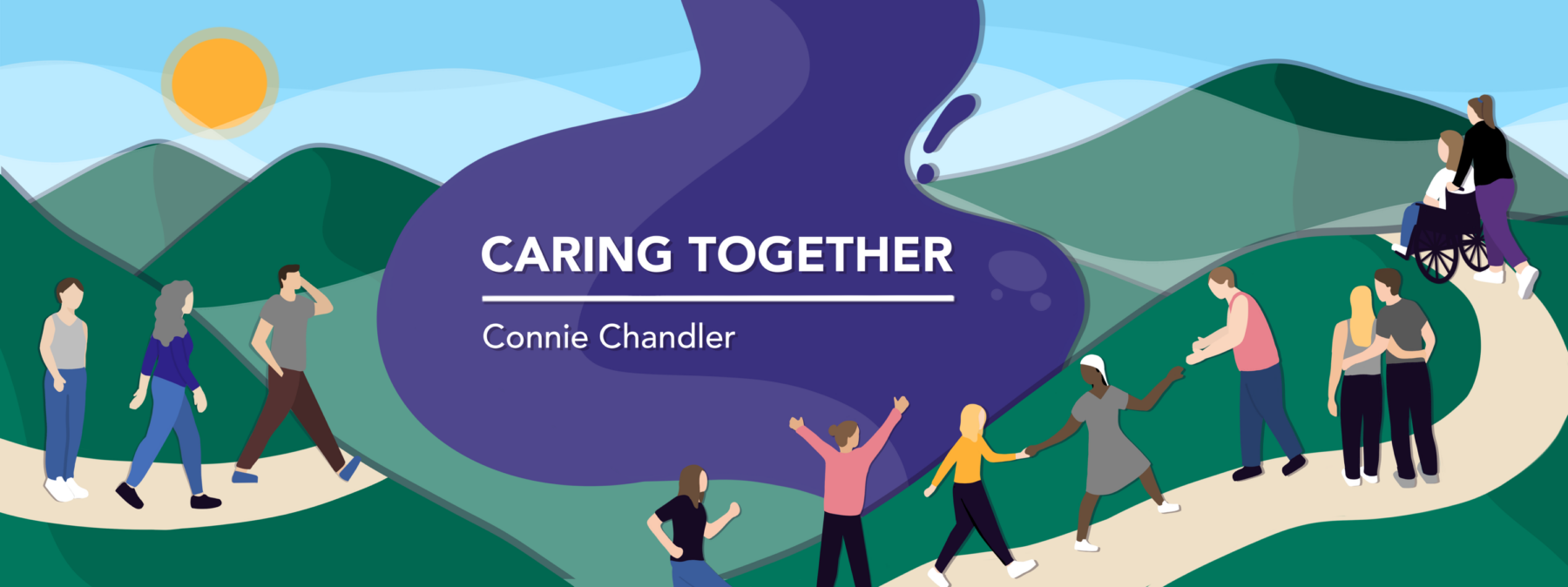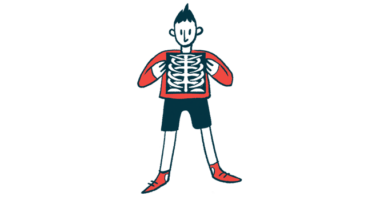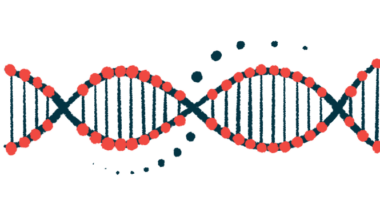SMA culture is changing, but love and joy are still the best treatment
Patients and families face new challenges, but real hope is not in a cure

A few years ago, a good friend of mine named Essie found out that her newborn daughter had been diagnosed with SMA. She reached out to me then, as she knew I had SMA, too. She had so many questions, so I went to my mom because she is a wonderfully supportive resource for parents navigating this unexpected news.
But many of Essie’s questions were ones my mom never asked when I was a baby, and so my mom didn’t have answers to them. While my mom would have asked, “Is there any treatment?” my friend was asking, “Which treatment is appropriate, and in what order, and for how long?” While my mom would have asked, “What causes it?” my friend asked, “Which gene mutation caused it?”
The difference made us realize how much the culture of the SMA community has changed in 40 years.
The new ‘disconnect’ in SMA
A few weeks ago, I was having coffee with my friend and fellow columnist Halsey Blocher. As we were solving the world’s problems (as per usual), we found ourselves reminiscing on the pretreatment years we both lived through, and just how different life with SMA was back then. Halsey wrote about her experiences last week, so be sure to check it out!
When I was diagnosed with SMA in the mid-1980s, at 18 months, very little was known about the disease, and SMA types 1-3 weren’t even categorized until the 1990s. Doctors couldn’t say how “severe” my disease would be, how quickly it would progress, or how long I might live. There were no treatment options available, and no hope for a cure in sight. I didn’t have a comprehensive care team or recommended course of action, and there was no point in maintaining appointments with a regular neurologist.
As a kid, I felt like a superstar in the Muscular Dystrophy Association scene. I used a walker with pink streamers that flowed from the handles, and had a hot-red power wheelchair that I decorated with bumper stickers. Otherwise, I really didn’t think of myself as being disabled. Much like with Halsey, my cleverly disguised “physical therapy” was swimming, ballet practice, piano lessons, and voice (singing) lessons. I attended regular (and then honors) classes at a typical school, surrounded by able-bodied peers, and filled my days with fun interactions with them — from youth group to camp and basketball games.
Sure, there was no treatment for our disease, and our parents grieved that, but they determined that whatever amount of life we had, they were going to help us make it great. In some ways, the pressure was off: We had no milestones to meet, no expectations to reach, and no clinical trials to make successful.
I’m thrilled for the early-intervention treatments now available and the miraculous impact they are having on children with SMA. But patients and families face challenges, fears, hopes, and expectations that we never did. So I admit to feeling a generational disconnect with this community. How can I, as an adult, relate to kids and families who are experiencing SMA in a totally different way? Is my journey even relevant to them anymore?
The shared experience
I caught up with Essie last week. Her daughter is now almost 3 and exhibits no recognizable symptoms of SMA, which is truly amazing. She told me that what I’d said years earlier had helped her and stayed with her. My mom’s wisdom then was that there are no guarantees about anyone’s health and our real hope in life is not in a cure. No matter what the diagnosis is, the most important thing is to be a true family and raise your kids in love and faith.
While Essie’s little girl is having a very different childhood in a medical sense than the one I did, she is experiencing the same kind of love from her family that I did. They want the very best for her. They want to see her grow healthy and strong, but they also want her to grow in compassion and joy, and to laugh, play, learn, honor God, and serve others.
Things are changing in the culture of SMA, but some things remain constant. Whether you toggle a joystick on a power chair, propel the rims of a manual chair, scoot around in a walker, or run across a field on two strong legs, Halsey and I invite you to choose to live fully, and with joy.
Note: SMA News Today is strictly a news and information website about the disease. It does not provide medical advice, diagnosis, or treatment. This content is not intended to be a substitute for professional medical advice, diagnosis, or treatment. Always seek the advice of your physician or other qualified health provider with any questions you may have regarding a medical condition. Never disregard professional medical advice or delay in seeking it because of something you have read on this website. The opinions expressed in this column are not those of SMA News Today or its parent company, Bionews, and are intended to spark discussion about issues pertaining to spinal muscular atrophy.









Leave a comment
Fill in the required fields to post. Your email address will not be published.